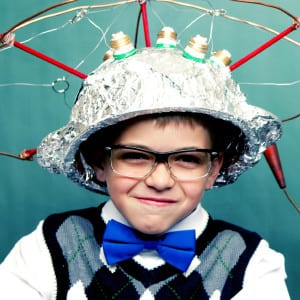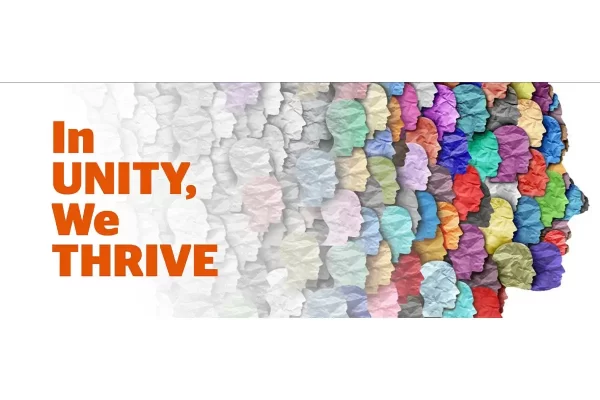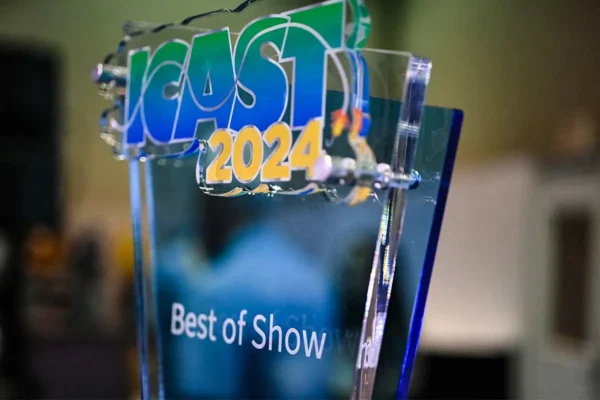As I found myself traveling from tradeshow to tradeshow and talking to those managing exhibits for large brands this past year, I get the sense that 2014 made people think much more carefully and holistically about what they were trying to do at these events and, as a result, maximizing and make more effective use of their investments.
Certainly, if you have an exhibit at a major event, you are most certain people will come. But it’s not about getting people there. Rather, it is about what happens when they get there – the brand experience. This is probably the most significant trend I’ve seen in the industry this past year and people are starting to get it.
The industry is still recovering a bit from the slowing of the economy a few years ago, though in 2014 it appeared that revenue spending was steady. Some of the budget shifting has migrated to a more digital component; but, digital, social media and those channels are all pointing to the experiential marketing activity as the biggest trend this past year.
The uptick and open recognition of the value of experiential marketing has been interesting to watch throughout the year. Agencies are regularly challenged to deliver a full channel solution. Partnering more with individual experts in each of those categories is now more common. Brand development and strategy are being executed across several disciplines, so it makes sense to bring in an expert to execute part of a bigger plan when it comes to creating experiences.
That trend has been building for the last few years as the economy has made companies re-think their marketing budgets and ROI benchmarks, particularly those associated with events and exhibits. And, that means marketers seem to be thinking more about the brand and how people experience it than the transactional aspects surrounding tradeshows. While 2014 marked a sizable shift toward this thinking, I think in the coming years it will become even more of an emphasis and results benchmarking evolves.
Historically an agency has been tasked to develop a logo and tag idea that is then threaded into all of the various marketing activities, including exhibit-based initiatives. The logo and tagline were sometimes forced into materials that did not differentiate business units, products/services or event related activities.
In 2014, we saw a paradigm shift from “build a brand, then find an audience” to “find an audience, then build the brand.” It’s about brand experience and not just lighting, graphics and presentations. Marketers are thinking more holistically about what visitors experience and trying to innovate around that concept. A far more difficult task, I might add, but a far more valuable venture.
- Digital media is being used as an open pipeline to enable the public to comment, promote and share their opinions in real time. The viral nature of social media allows the audience to focus on very specific interests. They then are used as the voice and distribution hub to link and share interests with peers minus the clutter.
- Intimate, pop-up and face to face opportunities on a repetitive basis are used to make offerings relatable while not specifically driving revenue but building affinity. Within the framework of an Experiential Marketing Program, two new tactics are frequently measured to determine the factor of engagement: The advertising channel and the experiential channel. With the ease and speed of digital media, the advertising channel is allowing budgets to shift more spend to the experiential. Social media activity during an experiential marketing event can show much more saturation while the event is happening—and afterward. Creating those environments for capture and contain often lead the discussion when brand events are being evaluated.
- The immersive aspect of experiential marketing should really be a shared execution. By developing a visually interesting environment that is equally supported by strong content and information, the brand can draw an audience, and then deliver access points to particular interests well after the event. Empowering visitors to walk away with a direct re-connection point with the brand via APP, posting, etc., can drive nurturing activity well past an event.
- Design continues to bring it all together and, as in other years, continues to drive the whole experience. Effective brands service the needs of the individual as well as the business. Design and implementation of messaging has to be targeted and nimble enough to evolve around short cycle engagement while simultaneously acting as long-term brand custodian. While the general look and feel of the experience should hold true to the overarching strategy, the development of a configurable response is a great way to control a program budget. Thoughtful environmental design can not only streamline the execution of a plan, but it also serves as a launching pad where the structural aspects of execution are concerned. Because experiential marketing can happen practically anywhere, the structural assets are playing key roles in the development, implementation and ROI assessment.
What does this mean for 2015 and beyond?
Creative agencies have demonstrated their ability to collaborate with partners and deliver measurable results. Partnering is not new, but the recognition of pitching brand strategy as a team is opening up. If a company has invested in an experiential marketing program that may cross their different business units, they can plug in the experts and apply a certain strategic spin that tailors the master program to meet specific business unit needs. Being willing to collaborate and operate as a true partner benefits all sides and will become the standard for a partnership in coming years.
Insights and advice from 2014
 Know who you are and what business you are in. We deal with a wide range of agencies and brand support houses. Our roles vary depending on the client and their needs. Our most successful partnerships are with people who understand their objective and are confident in their contribution to the plan’s success. We develop innovation around our opportunities and that allow brands to grow by leveraging the brand experience concept.
Know who you are and what business you are in. We deal with a wide range of agencies and brand support houses. Our roles vary depending on the client and their needs. Our most successful partnerships are with people who understand their objective and are confident in their contribution to the plan’s success. We develop innovation around our opportunities and that allow brands to grow by leveraging the brand experience concept.
So, rest assured, people will come. Focus more on what they’ll experience when they get there and they’ll keep coming.
Chad McNeal is the vice president of innovation at Dimension Design.





























